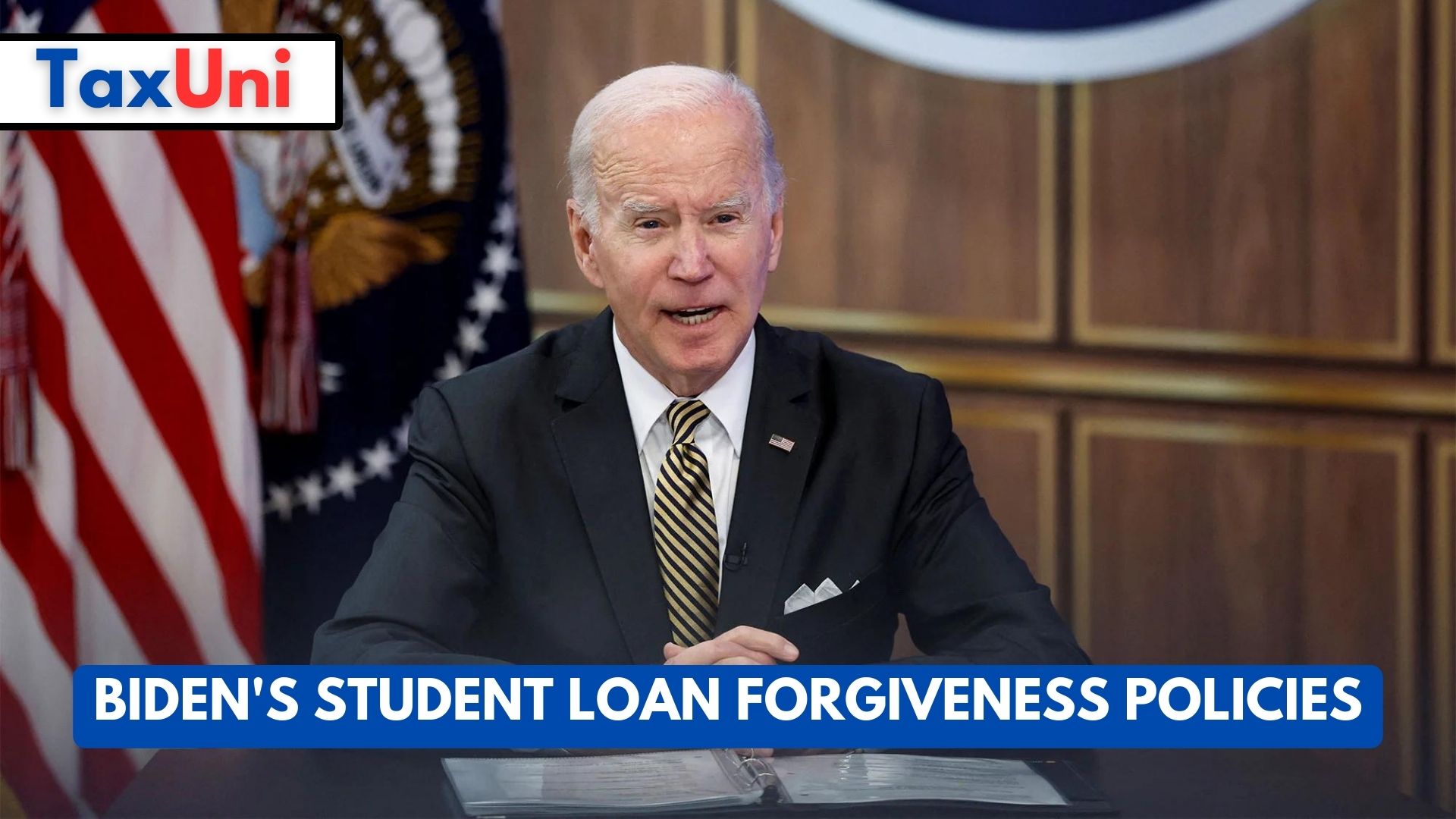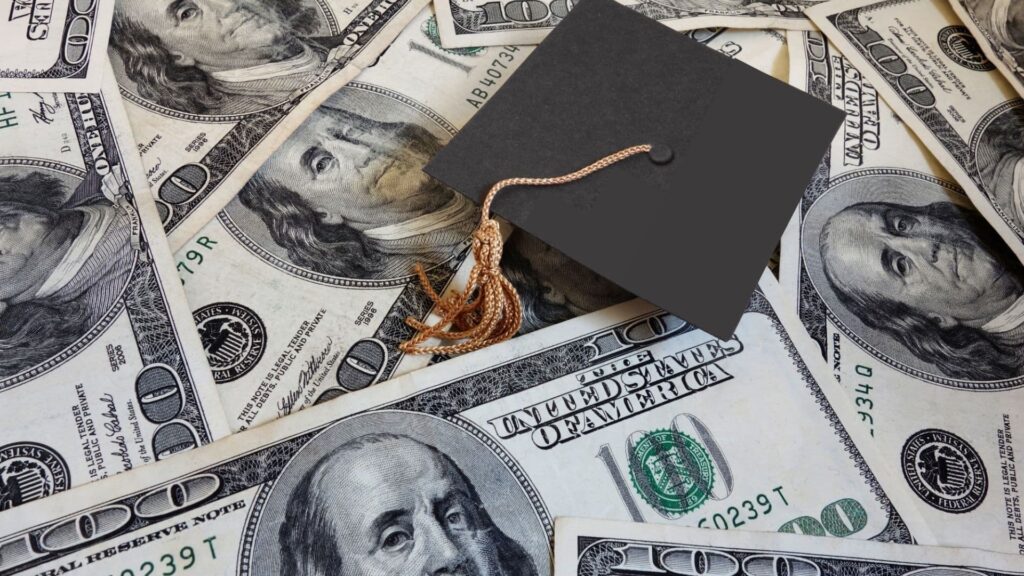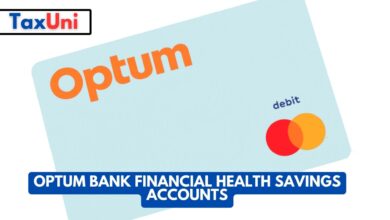Biden’s Student Loan Forgiveness Policies
This article will discuss President Biden's student loan forgiveness program and his plans to reform the existing system.

Contents
Since taking office in January 2021, President Joe Biden has significantly emphasized addressing the student debt crisis in the United States. With the burden of student loans affecting millions of Americans, the Biden administration has been working to implement policies to ease the financial strain on borrowers. President Biden has expressed support for providing some level of student loan forgiveness to borrowers. During his presidential campaign, he proposed forgiving $10,000 in federal student loan debt for all borrowers to alleviate the burden of student debt. However, there have been discussions among lawmakers about the scope and feasibility of implementing such forgiveness.
One of the fundamental principles guiding Biden’s approach to student loan forgiveness is putting the focus on borrowers. The administration aims to ensure that student loan borrowers have access to affordable repayment plans that reflect their income levels and financial situations. This includes expanding existing income-driven repayment plans and streamlining the application process to make it easier for borrowers to enroll.

Public Service Loan Forgiveness (PSLF) Program
The Biden administration has pledged to improve and strengthen the Public Service Loan Forgiveness (PSLF) program. The PSLF program was established to provide loan forgiveness to borrowers who work in qualifying public service jobs after making 120 qualifying monthly payments. However, the program has faced implementation challenges, leading to a high number of rejections. Biden seeks to address these issues and simplify the application process to ensure more borrowers can benefit from this program.
Broad-Based Student Loan Forgiveness
One of the most talked-about aspects of Biden’s student loan forgiveness policy is the broad-based student loan forgiveness proposal. While the president initially campaigned for $10,000 in student loan forgiveness for all borrowers, he later expressed support for $10,000 in targeted loan forgiveness per borrower. This targeted approach aims to focus on borrowers who are struggling the most, such as those who attended for-profit institutions or historically Black colleges and universities (HBCUs).

Income-Driven Repayment Plan Revisions
The Biden administration has also proposed significant changes to income-driven repayment (IDR) plans. One of the main proposals is to cap loan payments at 5% of a borrower’s discretionary income, down from the current 10%. Additionally, after 20 years of payments, any remaining student loan debt will be forgiven. This change could provide substantial relief for borrowers with significant loan burdens and potentially shorten the time frame for complete loan forgiveness.
Tackling Private Student Loans
Unlike federal student loans, private student loans do not currently offer the same level of borrower protections and forgiveness options. Biden’s plan aims to work with Congress to allow private student loan borrowers to have access to some of the benefits and protections available to federal loan borrowers. This could include expanding discharge options in extreme financial hardship or bankruptcy cases.
Addressing the Racial Wealth Gap
The student loan debt crisis disproportionately impacts minority communities, exacerbating the racial wealth gap. President Biden seeks to provide additional support to borrowers from disadvantaged backgrounds, particularly those who attended HBCUs or other minority-serving institutions, as part of his broader social justice and economic equality agenda.





